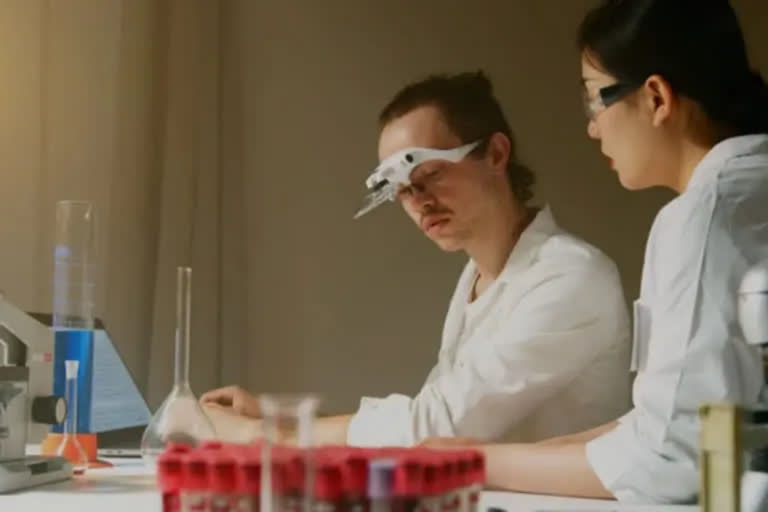Washington [US]: After a series of experiments, University of Wisconsin-Madison chemical engineering PhD student Hayley Boigenzahn and John Yin, a professor of chemical and biological engineering and a founding faculty member of the Wisconsin Institute for Discovery, can explain how one of the potentially crucial early steps on the path of life could have happened. They published their findings in the Dec. 2022 issue of the journal Origins of Life and Evolution of Biospheres.
In a famous 1952 study called the Miller-Urey experiment, researchers simulated the conditions thought to be present on the prebiotic Earth, including certain ratios of water, methane, hydrogen and other elements. When zapped with electricity to simulate lightning, the researchers found that the reaction produced amino acids, suggesting that these molecules were widely present on the prebiotic Earth.
"We know amino acids are the building blocks of proteins and proteins are essential for life," says Yin. "In prebiotic chemistry, it's long been a question of how we could we get these things to form bonds and strings in a manner that might eventually lead to a living cell. The question is hard because the particular chemistry involved is one that tends to fail in the presence of water."
In her experiment, Boigenzahn investigated whether it's possible these amino acids could have come together during periods of environmental change - for instance, as a pool of water evaporated. In the presence of a chemical activator, these amino acids could bond together into peptides, or short chains of amino acids.
Also read: Urgent need to develop antibiotics for newborns: Global experts
To study how amino acids might form bonds during the drying process, Boigenzahn created solutions of the amino acid glycine and trimetaphosphate, an activator that is naturally created during volcanic processes. Using a heater to evaporate the solution, Boigenzahn watched what happened to the amino acids over 24 hours.
What she found was a two-stage process. In the first stage, when the pH of the solution was alkaline, the glycine combined into two-molecule units called dimers, which are also produced protons, making the pH of the solution neutral. In the second stage, as evaporation took place, the dimers began to bond together to form longer peptide chains, called oligoglycine.
It's easy to imagine a scenario in which amino acids in a volcanically warmed hot spring containing an activator first combine into dimers. Then, as the water evaporates and its chemistry changes, the dimers bond and begin to form into longer chains of amino acids. "What we're showing here is that that it doesn't necessarily have to be the same environment throughout all the reactions," says Boigenzahn. "They can occur in different environments, provided that the reactions that are occurring help create an environment that's beneficial for the next steps."
Through multiple wet-dry cycles, it's possible the peptide chains grew longer and longer. Eventually, they could have begun to fold in on themselves, forming enzymes, or proteins that catalyze chemical reactions. That could set the stage for more complex proteins and the beginnings of metabolism. Boigenzahn and Yin both say it will be a long time before researchers figure out a possible path from Darwin's warm little pond to the beginnings of life. But, especially for chemical engineers, the effort of studying prebiotic chemistry could have big payoffs.
"If you really understand this chemistry, which is different from traditional biology, eventually you might create chemical systems that are able to store information, adapt and evolve," says Yin. "DNA stores information at thousands of times the density of a computer chip can. If we could get systems that do this without necessarily being living cells, then you start to think about all sorts of new functions and processes occurring at the molecular level." (ANI)



